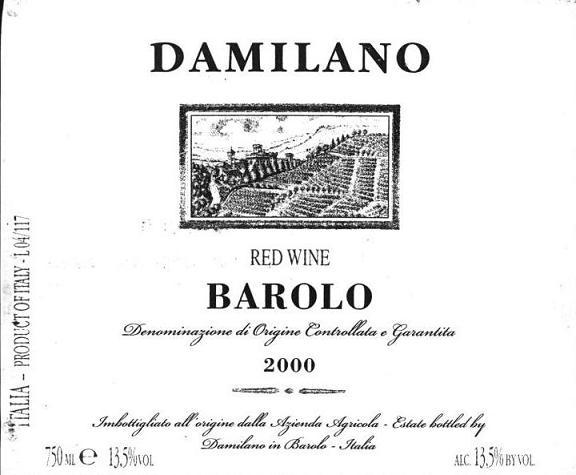2000 Barolo Nebbiolo
The Damilano Barolo from the 2000 vintage showcases the remarkable Nebbiolo varietal, hailing from the prestigious Barolo region in Italy. This red wine presents a deep garnet hue that captivates the eye. On the palate, it exudes a full-bodied character, supported by high acidity that dances gracefully and adds vibrancy. The fruit intensity is prominent, with luscious notes of ripe cherry, blackberry, and hints of dried rose petal offering a delightful complexity. Tannins are notably structured, lending a firm backbone to the wine, creating an elegant foundation for the rich flavors. This Barolo is beautifully dry, allowing the intricate layers of flavor to shine through, making it an exceptional choice for those seeking a classic Italian experience.
The Damilano Barolo from the 2000 vintage showcases the remarkable Nebbiolo varietal, hailing from the prestigious Barolo region in Italy. This red wine presents a deep garnet hue that captivates the eye. On the palate, it exudes a full-bodied character, supported by high acidity that dances gracefully and adds vibrancy. The fruit intensity is prominent, with luscious notes of ripe cherry, blackberry, and hints of dried rose petal offering a delightful complexity. Tannins are notably structured, lending a firm backbone to the wine, creating an elegant foundation for the rich flavors. This Barolo is beautifully dry, allowing the intricate layers of flavor to shine through, making it an exceptional choice for those seeking a classic Italian experience.




